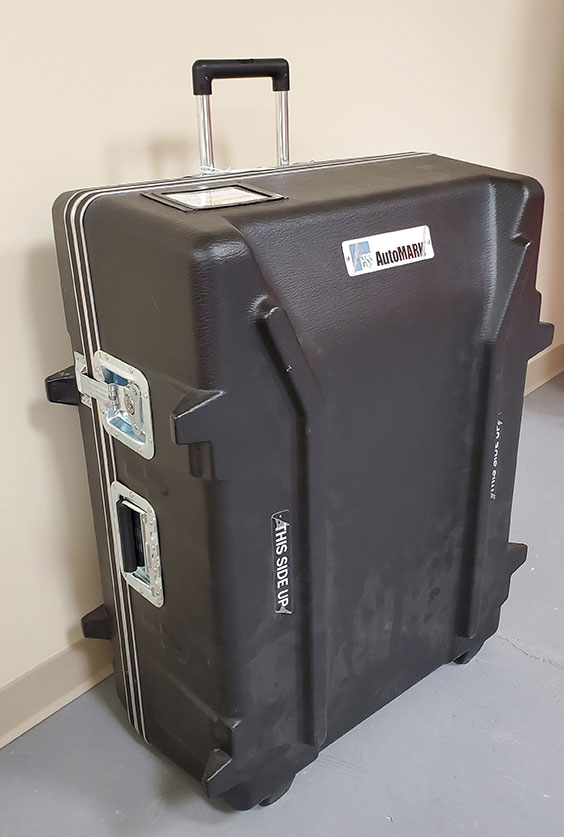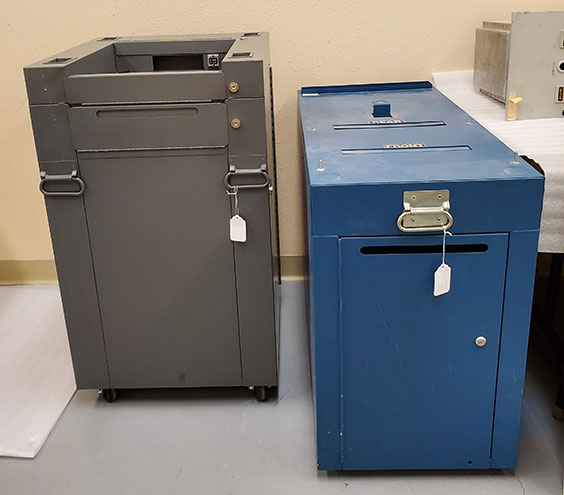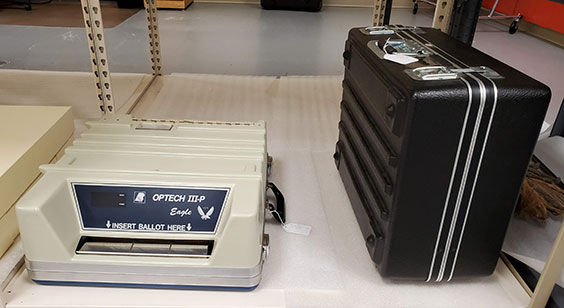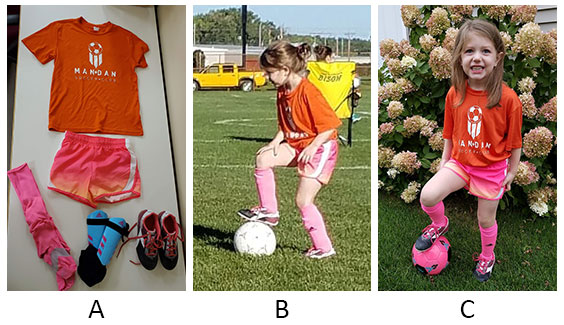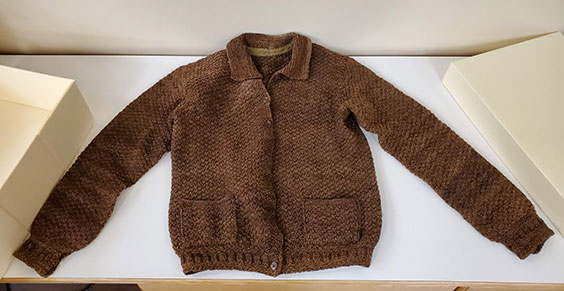Two True Stories from History That Will Make You Feel Better About Your Day
If you asked me for my definition of history, I might say that it’s a combination of circumstances.
Daniel J. Boorstin famously said, “Education is learning what you didn't even know you didn't know.” Whether you’re a sage student of history or just starting out as a history buff, the love of research and discovery is essential to museum and academic work, such as ndstudies.gov. The science of this work is often hidden, sometimes giving people the idea that history is a series of liner, inevitable events just waiting to be reported. When the reality is that what we call history as a subject is evidence based, communicating the subjects of fossils, farmers, or photographs is a little more artistic and circumstantial.
The world can be a crazy place. But if history teaches us anything, it’s that life is rarely ever linear. Here are a few weird and sometimes wonderful (OK, mostly weird) stories that often get left out of the history books.
John Evans
Before Meriwether Lewis and William Clark set off the on their expedition, there was the Welsh explorer named John Evans. John was certain that a lost tribe of Welsh were living in North America. To be fair, there was a 1790s “internet rumor” going on. A number of people in England were doing the 1790s equivalent of “trending” the story of Madoc, the myth of a Welsh prince who was supposed to have sailed to North America in 1170. In the myth, his descendants were supposed to be living in the American Midwest and speaking Welsh, of course.
No evidence of a Prince Madoc or his voyage has ever been found. Internet rumor, 1790s style.
John Evans and another Welshman by the name of Iolo Morganwg were going to team up to discover these “Welsh Indians,” identified as the Mandans. Iolo withdrew early from the expedition however, and by 1793, John was imprisoned by the Spanish under the suspicion of being a British spy.
Apparently, his story wasn’t believable then, either.
By 1795, he’d agreed to a plea deal, became a Spanish citizen, and set off on an expedition with the backing of the Spanish to try to discover a route to the Pacific Ocean from the Missouri River and his lost group of Welsh. He did find the Mandans and spent the winter with them before returning to St. Louis.
The Mandans were not Welsh.
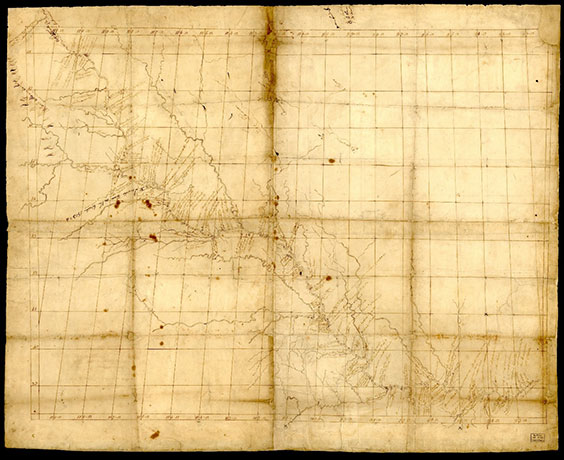
John Evan's map of the Missouri River from St. Charles to the Mandan villages of North Dakota. Source Wikipedia, Library of Congress.
Note: President Thomas Jefferson gave Lewis and Clark copies of John Evan’s maps and notes which they used on their expedition. Learn more about American Indians in North Dakota at ndstudies.gov.
And sometimes a humble person steps into the right set of circumstances and ends up owning a third of the world.
Catherine I
Catherine I was born Marta Helena from Polish-Lithuania. Having both parents die from plague before her sixth birthday, this unfortunate child found herself scrubbing floors to survive. Then the Russians invaded. Which meant she was taken prisoner and then sold to a solider. Who traded her to another officer. Who gave her to a general. Who traded her to a duke. Who introduced her to the Tsar. History is a little sketchy as to her exact origins, but by 1711, she accompanied Peter the Great on a military campaign and saved everyone from the overwhelming Turkish army. Six months later, Peter the Great and a peasant woman were married.
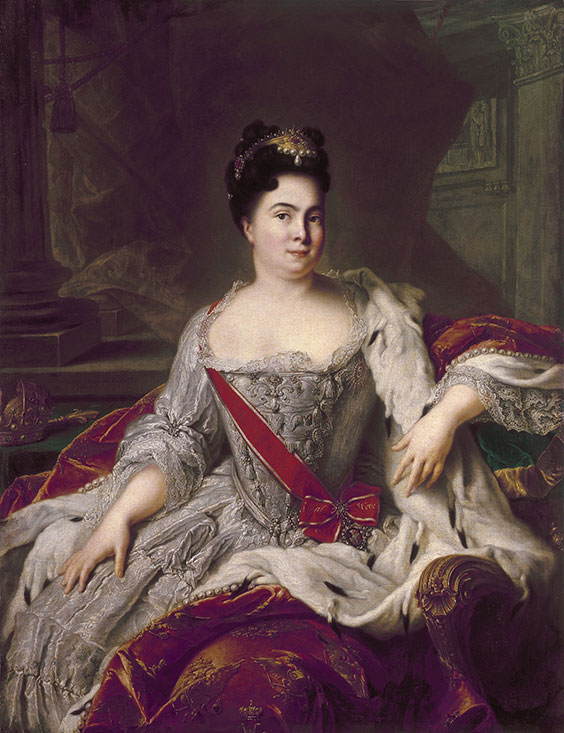
Some days you wake up a peasant girl. The next day, an empress in charge of 15 million Russians. YOLO. Catherine the Great by Jean-Marc Nattier. Source Wikipedia.
And if that isn’t enough of a Disneyesque fairy tale ending, she convinced the Tsar to make her co-ruler. And then his heir. When Peter the Great died in 1725, Catherine became the first woman to rule Imperial Russia opening the door for a century almost entirely dominated by women rulers.
And if that isn’t the American dream, I don’t know what is.
Note: Catherine I’s granddaughter-in-law is Catherine-the-Great (Catherine II.) If your background is German-Russian, it’s because Catherine I’s granddaughter-in-law signed a manifesto inviting Germans to settle in Russia. Learn more about German-Russian immigrants at ndstudies.gov or research your unique family history in the North Dakota state archives.


